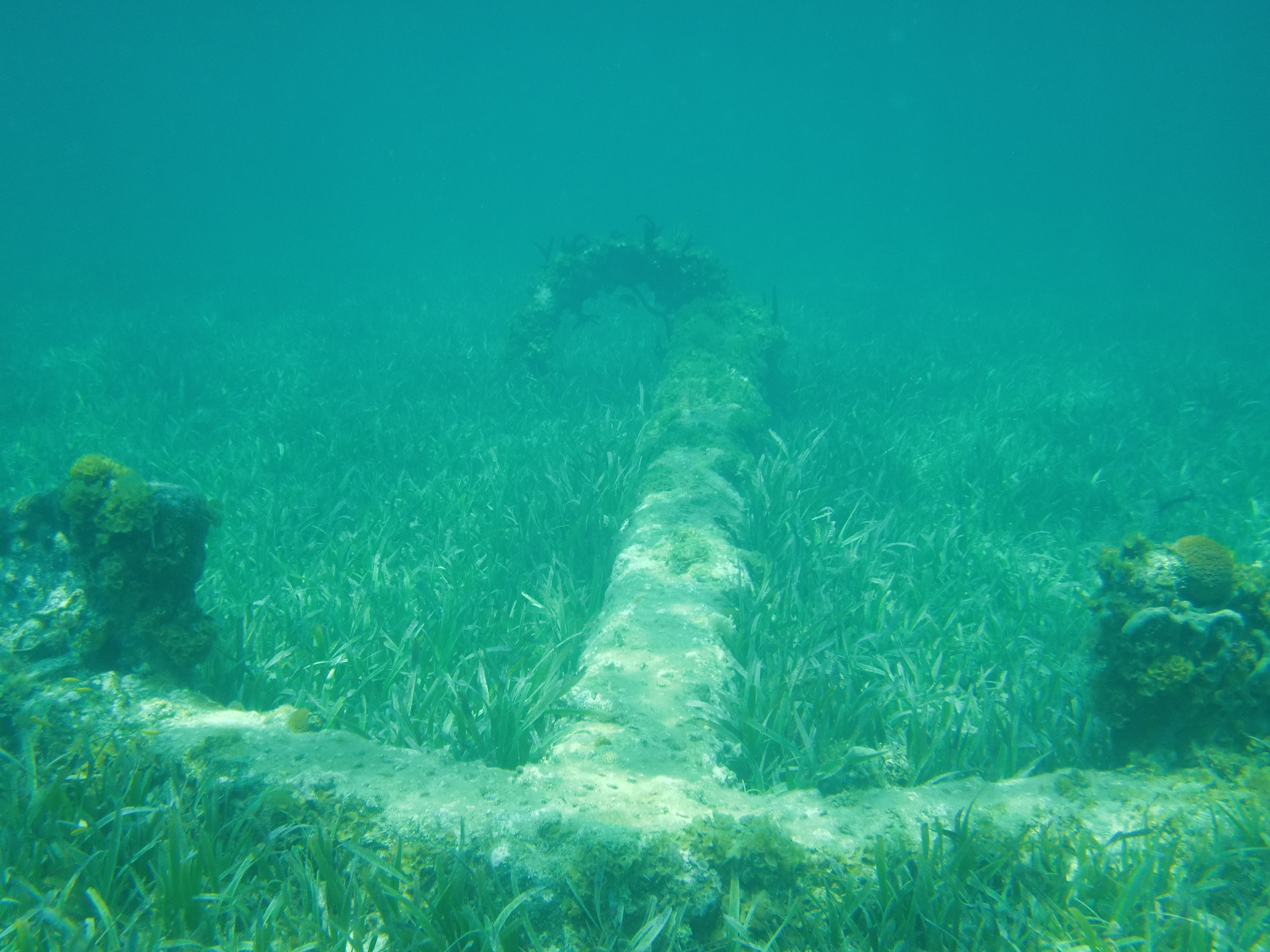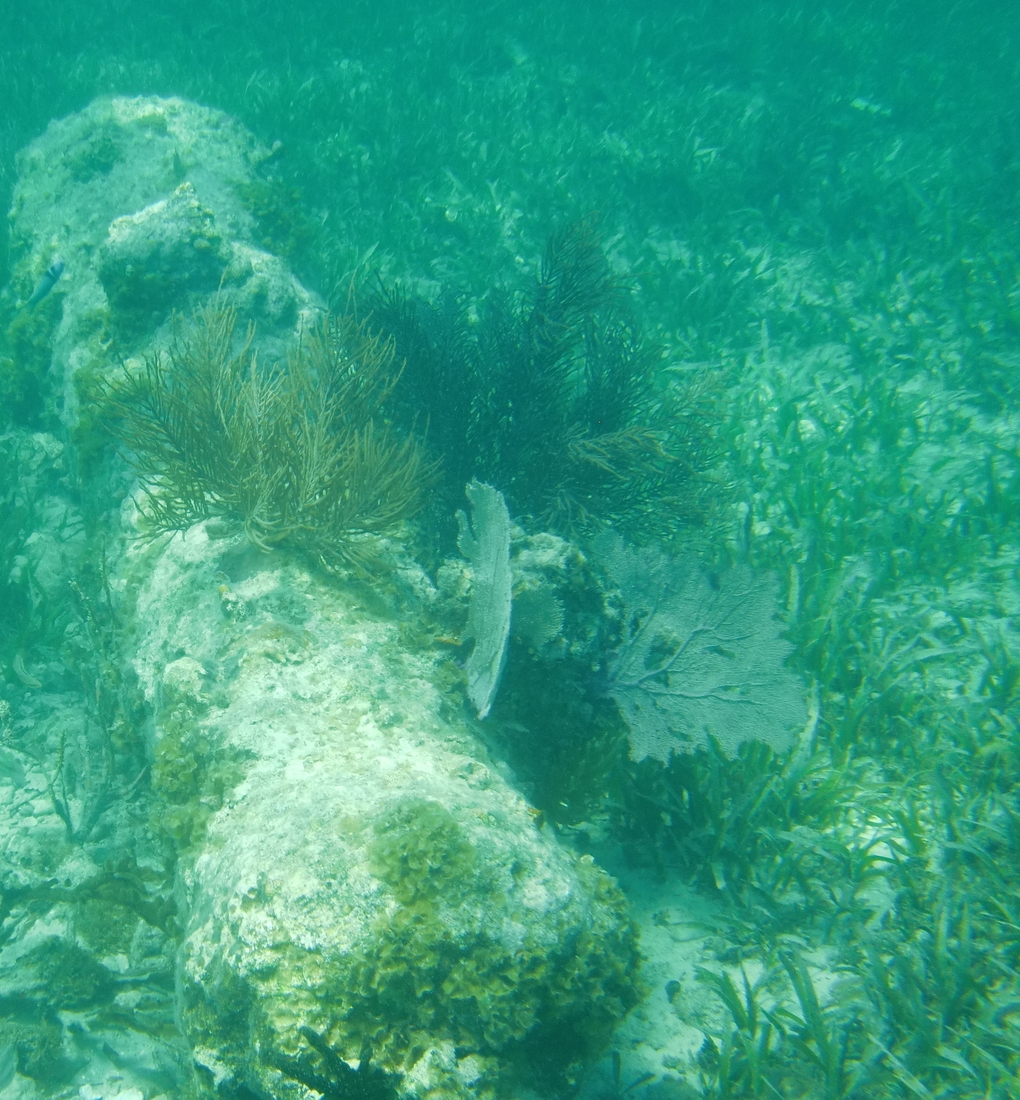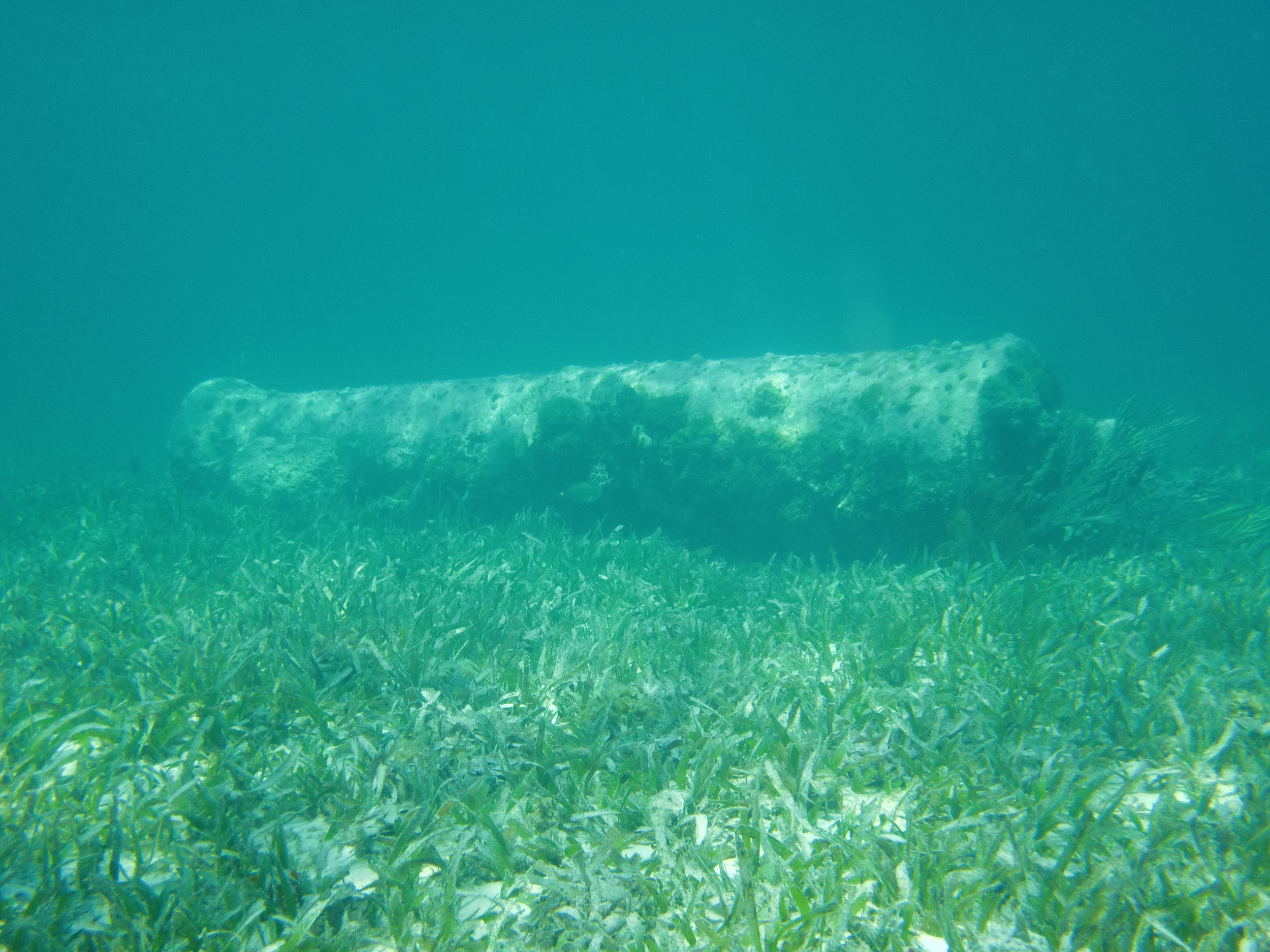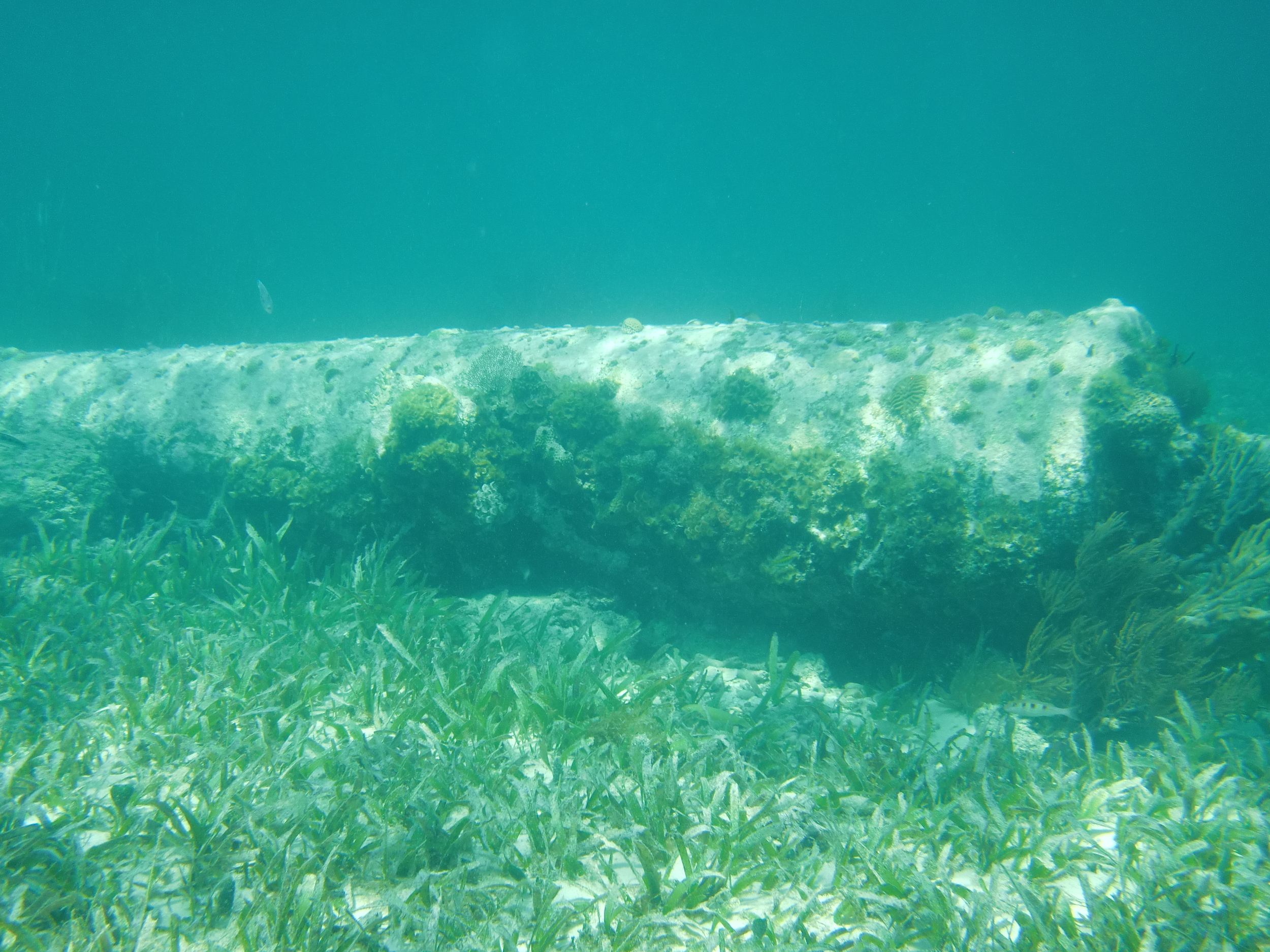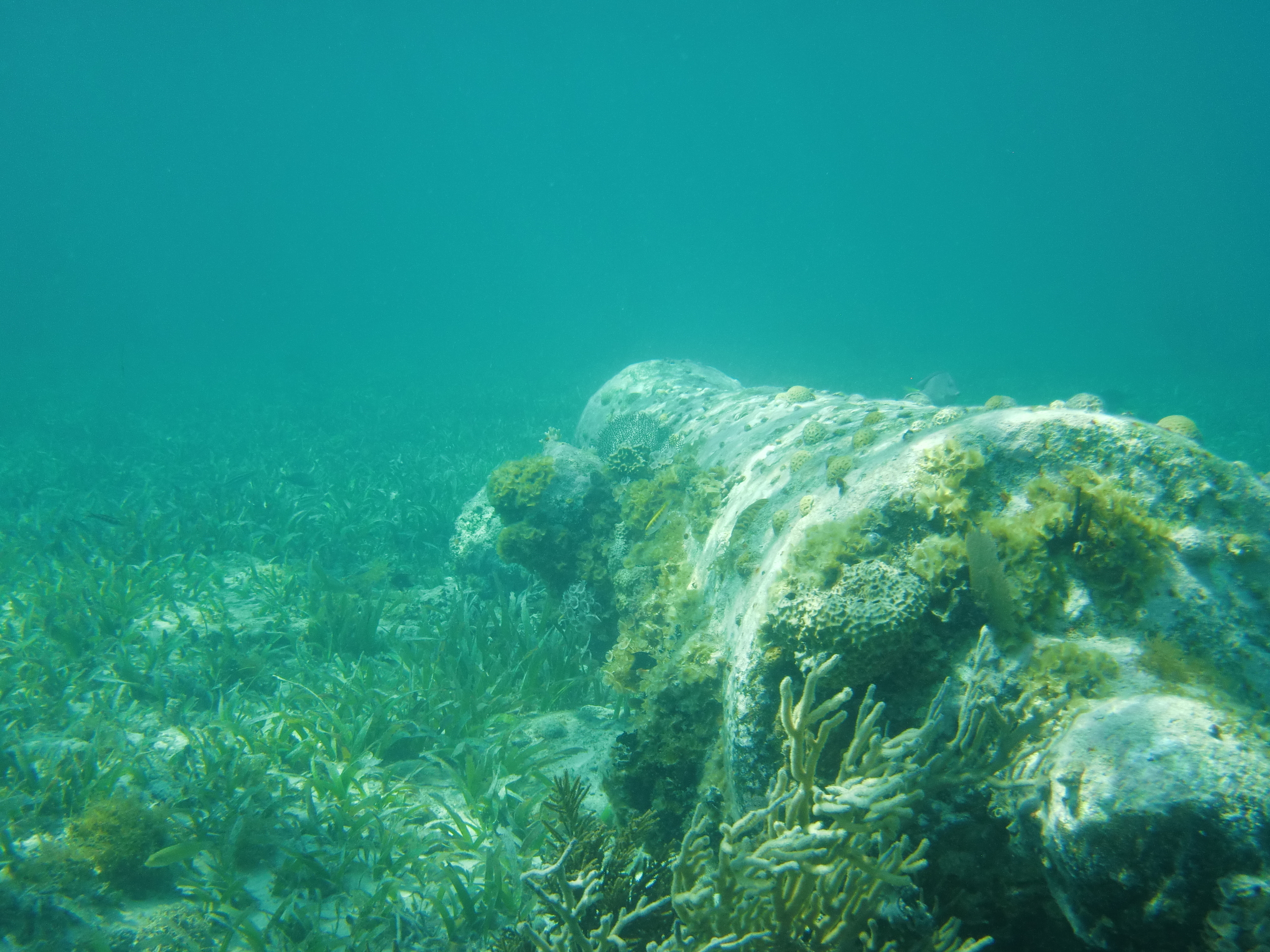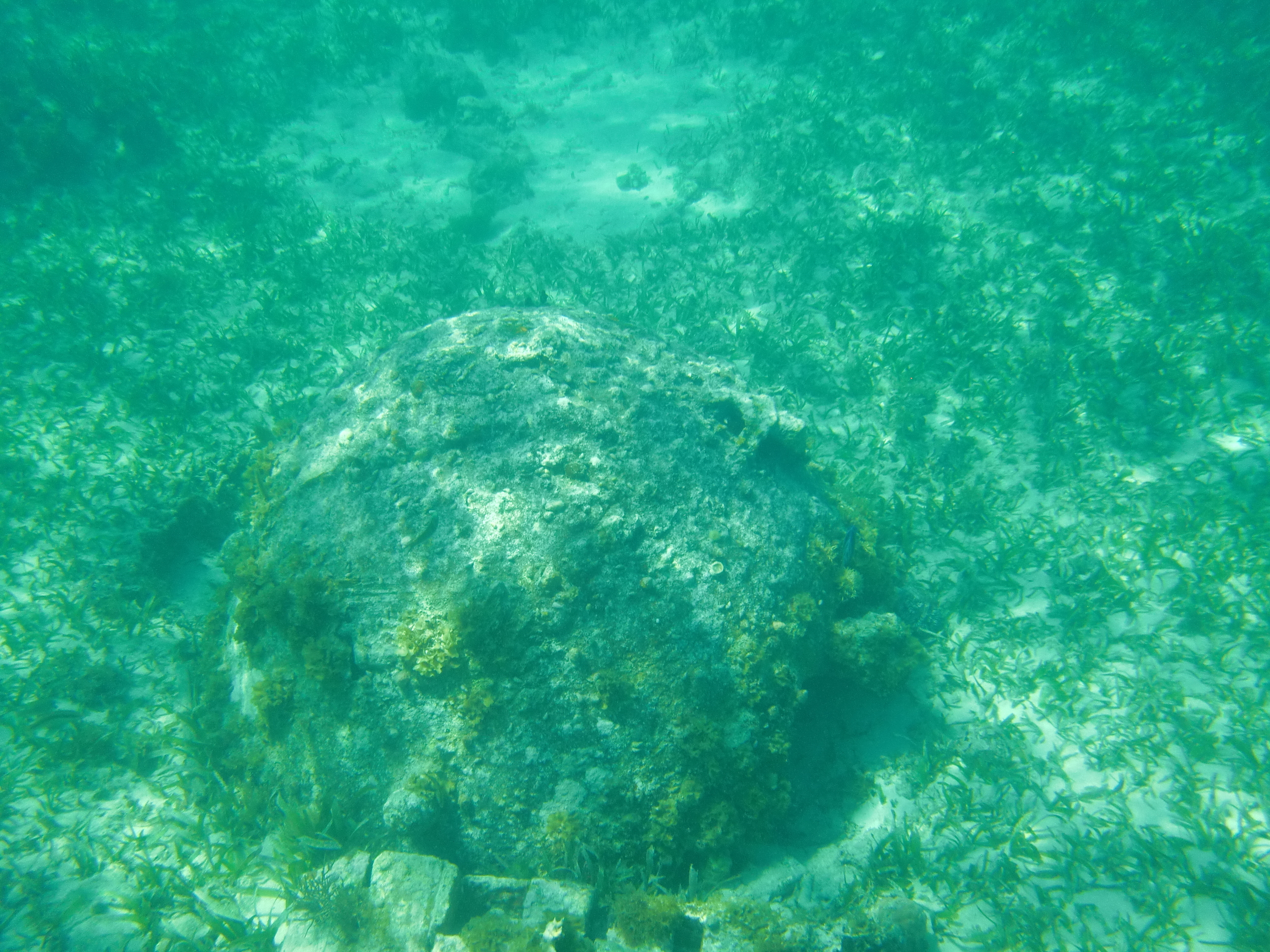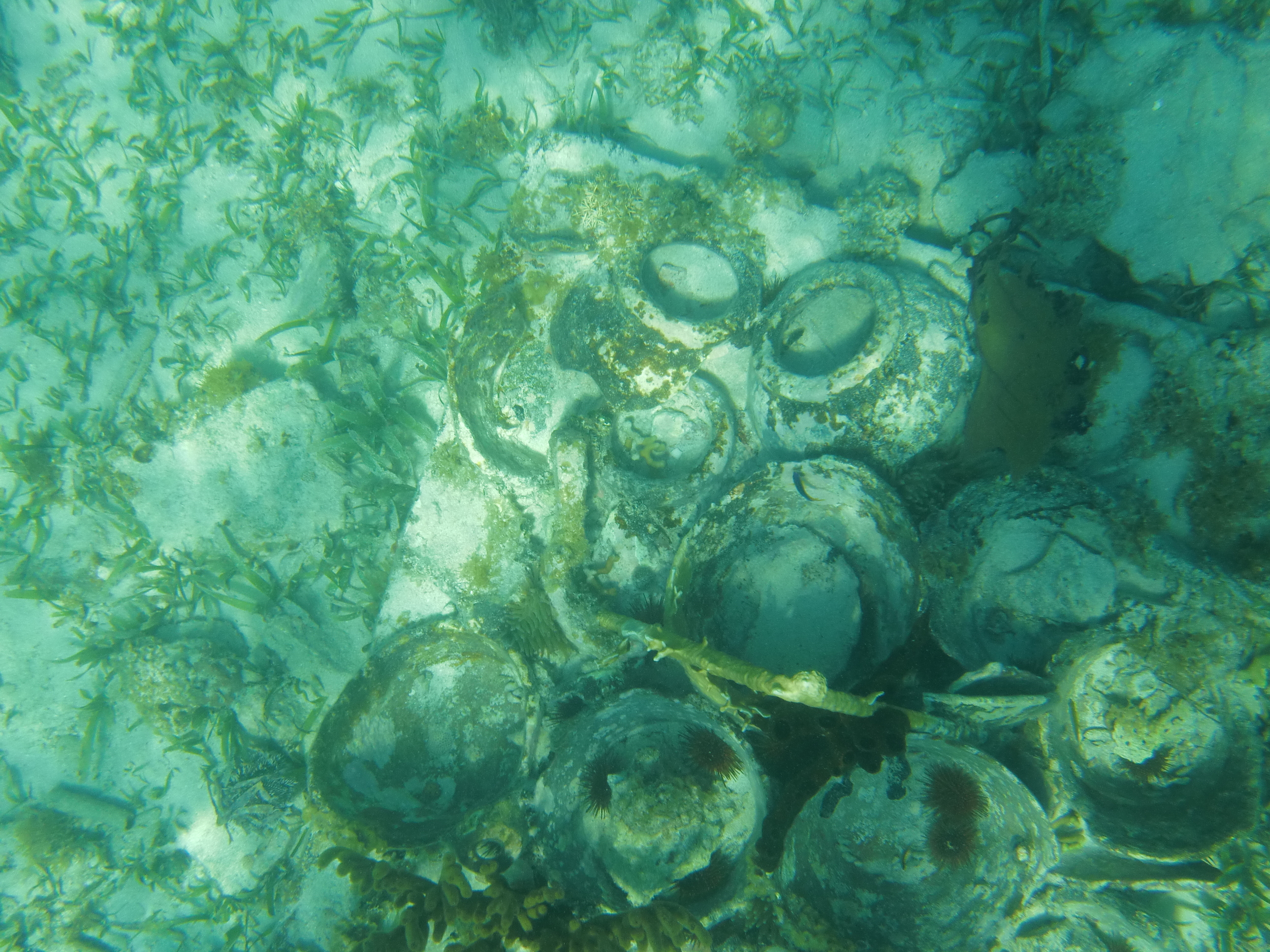NORTH
Cap-Haïtien and Milot are perhaps what come to mind first when thinking about "historical Haiti," and it will be interesting to see how the renovations to the Citadelle and the promise of a new road change things. However, Labadie, Quartier Morin, and the forts within Cap itself deserve note.
In this area, I'm looking for a number of sites: Fort des Dames(Cap-Haïtien); Jewish tombstones (Cap-Haïtien); any ruins left of L’Hopital des Peres de la Charite? (Cap-Haïtien); Fort Pierre Michel (part of Shutt family property) (Cap-Haïtien); From an 1871 manuscript: Any of the 6 fountains of Cap-Haïtien left: Champ de Mars, Place d’Armes, Place Montarcher, Place Royale, Place Saint-Victor, Place Cluny? The Governor’s Palace?; La Fossette cemetery, first official town cemetery (on outskirts of Cap-Haïtien); Marchegal ruins (outskirts of Cap-Haïtien); Ramiers (south of Citadelle); l’Habitation Desglaireaux (Quartier Morin); Habitation Galifet (Quartier Morin); Fort Selon (Grande-Rivière du Nord); Fort Neuf (Grande-Rivière du Nord); Fort Capois (between Grande-Rivière du Nord and Bahon); Fort Rivière (north-east of St. Raphael); Basin St. Jacques (Plaine du Nord); Habitation Narples (Plaine du Nord); Habitation de Mezy (Bois Caïman) (Morne Rouge); Fort Bourgeois (between Labadie and Cap-Haïtien); Fort Garien and Fort Salnave (Valliere—south-east of Grande-Rivière du Nord); Rum distillery just outside Sans-Souci walls (Milot); Habitation Dufresne (Limbé); Rock art at l’Inde à Camp Coq (Vallée du Limbé); Fort Bongars (Limbé); Voûte à Minguet (Dondon); Capois la Mort monument (Limonade); Habitation Montholon—Puerto Real site (Bord-de-Mer-de-Limonade); L’Eglise de Saint Anne de Limonade; L’Habitation Butler (Limonade).
Click below for photos of Cap-Haïtien, including local forts
Click below for Milot, including pictures of Sans Souci and La Citadelle Laferrière
Labadie
Labadie is the small fishing-village west of Cap-Haïtien most well-known as the current site for Royal Caribbean's port-of-call. There are historic sites within the cruise ship's leased land, which they highlight during a historic tour. There are a number of items of historic interest scattered around the hotel Cormier Plage and throughout the town of Labadie proper, including at Norm's place. A highlight is Fort Belly (which I've also seen as Belli) just up the hill and south of Norm's Place. Photos are mostly mine, with some from Curtis Rogers.








Quartier Morin
Habitation Detreille is on a tree-lined avenue on the way to Habitation Duplat in Quartier Morin, just east of Cap. ”Le travail est mon bonheur” is a cruelly ironic message in the southern pillar of this former sugar cane plantation. Many details on this Habitation and others can be found in this article by the French government’s patrimony department. The second site is Lovana aux Pierres, famous for the lwa Lovana, represented by several silver fish in a basin; I was told on my visit that it was Habitation Duplat, but I’ve also read that this is Habitation Dupuy. Supposedly wearing earrings, the fish will grant wishes to those who seek. On my visit, I was told serviteurs come twice a week, with an annual fête Septemeber 27th. The Habitation (called “Duplaa” by Moreau de Saint-Méry in 1789) is also mentioned in this article from the French government. Vévés and ceremonial drawings for the lwa fill the site. According to locals, the tunnel shown was supposed to be a colonist’s escape route as the reality of the Revolution neared (the other end was about 50 feet away); it’s probably for water, though.


























Isle la Rat
Curtis Rogers generously shared these photos below. Called Isla Amiga by Columbus on his "discovery," La Rat is just one of many underground sites in Haiti that deserve recording. I've heard of plunder of these sites up and down the coast, so much is probably disappearing. Please send photos of underwater sites of historic interest if you have them.
